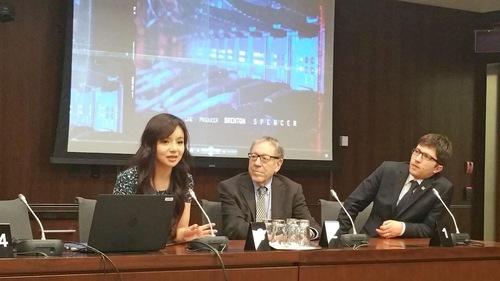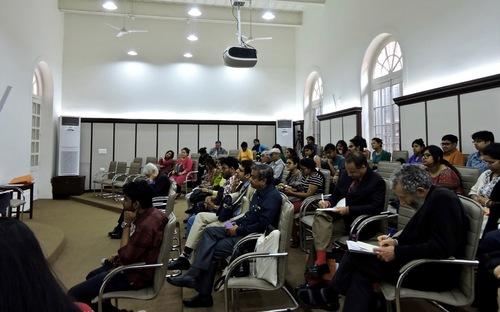In recent years, technology that can sense and recognize human identity has seen dramatic improvement; smartphones now let you unlock screens via fingerprint, voice, and facial recognition.
The latter is not only used to enhance gadgets, but also by the police force and private businesses to solve cases and identify shoplifters. In 2013, the Chicago police force was able to catch an armed robber after matching surveillance footage with a database of 4.5 million mugshots, the first time it had used facial recognition technology to nab a criminal.
Retailers are exploring using facial recognition technology to crack down on shoplifting and organized retail theft; the latter, committed by professional criminal rings who steal in bulk to resell on the black market, costs U.S. businesses an estimated $30 billion per year.
The technology also has applications that can be applied to marketing to consumers, as it can work to track patterns in shopping behavior.




